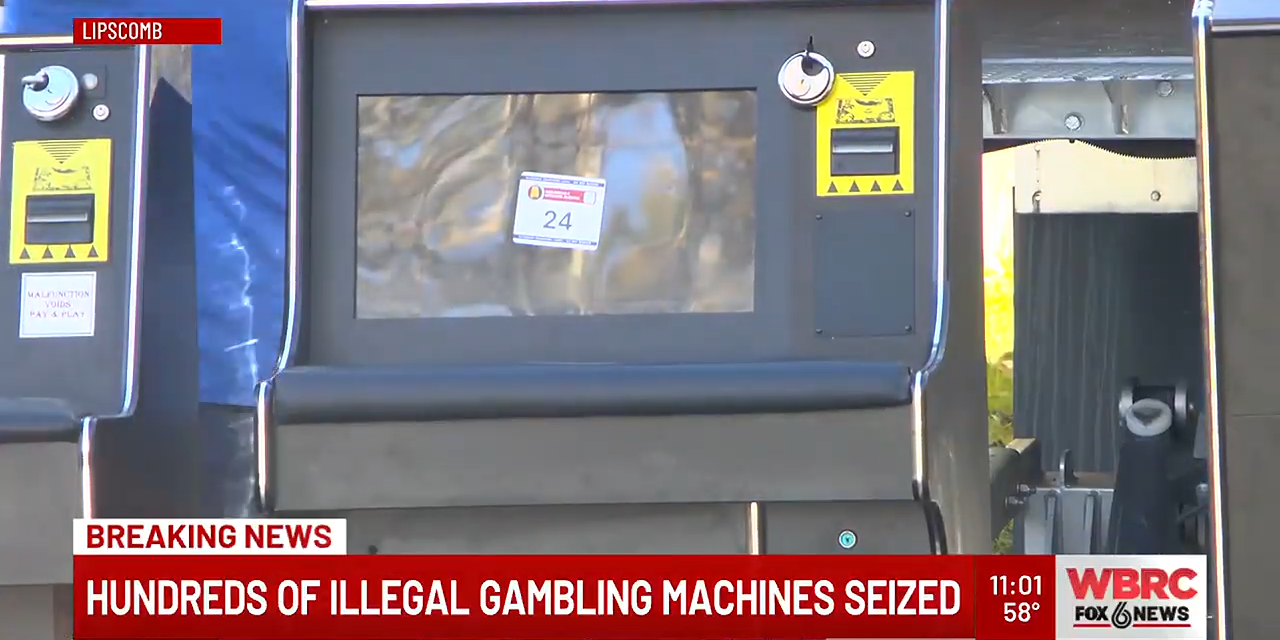
An electrician with ReVision Energy, a New England company specializing in solar energy and electric heat pump installations, works in a basement in Windham in January 2023. Photo for The Washington Post by Tristan Spinski
Heat pump installation, benefiting from government subsidies, is fueling clean energy job growth in Maine, according to a state report released Wednesday.
The study commissioned by the Governor’s Energy Office shows that Maine’s “clean energy economy” reached 15,000 jobs at the end of 2022, or about 2.3% of the state’s workforce of 656,400. Its increase was greater than the economy generally: Since 2019, before the COVID-19 pandemic, employment in Maine rose 1%, while clean energy employment increased by nearly 3%.
The energy efficiency sector is the largest among five categories, accounting for more than 8,600 jobs in 2022, or 58% of the state’s clean energy workforce.
The sector includes workers who are involved in the research, manufacture, sales, installation, repair and professional service support of technologies and services intended to improve the efficiency of commercial, residential and industrial buildings. That includes high efficiency heating, ventilation and air conditioning and renewable heating and cooling. It accounted for more than 3,700 workers, or 43% of Maine’s energy efficiency workers in 2022, according to the report.
The other sectors of the clean energy economy are clean energy power generation, alternative transportation, clean grid and storage and clean fuels.
Subsidies of up to $10,600 for heat pump installation include rebates of as much as $8,000 by Efficiency Maine Trust, a quasi-state agency that promotes energy efficiency, and federal tax credits of up to $2,600. In addition to cutting greenhouse gas emissions, the public money is helping to drive job growth to install, repair and service electric heat pumps.
Other jobs on the rise in the energy efficiency sector are in energy efficient software, energy auditing and other areas.
The administration of Gov. Janet Mills had set a goal of installing 100,000 heat pumps in Maine homes by 2025, which has been surpassed. Last summer, the governor updated her goal to include an additional 175,000 heat pump installations by 2027.
In addition to boosting employment, the push for clean energy is prodding workers to spend more time on clean energy-related jobs, according to the report. So-called “intensity-adjusted clean energy employment” increased by 11% between 2018 and 2022 as clean energy employment expanded by nearly 6%. The report cites an HVAC firm in 2018 with six installers who only occasionally installed heat pumps and now employs six installers who exclusively do so.
As a result, the number of clean energy workers would not change, but the number of labor hours working with heat pumps increased and “intensity-adjusted jobs” would show a corresponding increase, the report said.
The report by BW Research Partnership uses data based on the annual United States Energy and Employment Report in the fourth quarter of 2022.
After energy efficiency, the next largest clean energy segment was renewable electric power generation, which employs about one-fifth of the state’s clean energy workers.
All clean energy technology segments grew since 2018. Jobs in alternative transportation increased at the greatest rate, 28%, adding nearly 200 jobs. The renewable electric power generation segment — wind, geothermal, bioenergy, and hydropower — added the greatest number, 300, between 2018 and 2022.
Related Stories













Invalid username/password.
Please check your email to confirm and complete your registration.
Use the form below to reset your password. When you’ve submitted your account email, we will send an email with a reset code.